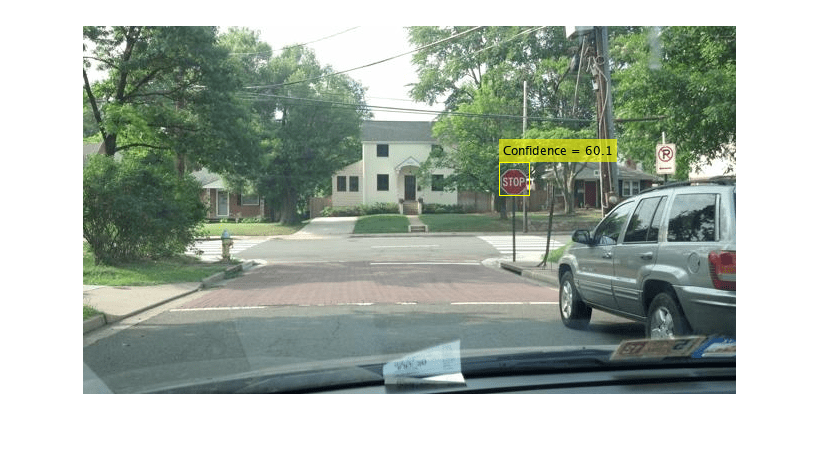trainACFObjectDetector
Train ACF object detector
Syntax
Description
detector = trainACFObjectDetector(trainingData)trainingData. The function automatically
collects negative instances from the images during training. To create a ground
truth table, use the Image
Labeler or Video
Labeler app.
detector = trainACFObjectDetector(trainingData,Name=Value)ObjectTrainingSize=[100,100] sets the height and width of
objects during training.
Examples
Input Arguments
Name-Value Arguments
Output Arguments
References
[1] Dollar, Piotr, Ron Appel, Serge Belongie, and Pietro Perona. “Fast Feature Pyramids for Object Detection.” IEEE Transactions on Pattern Analysis and Machine Intelligence. 36, no. 8 (August 2014): 1532–45. DOI.org (Crossref), https://doi.org/10.1109/TPAMI.2014.2300479.

